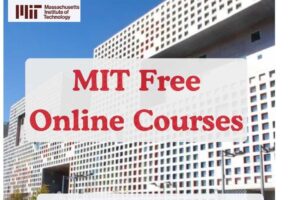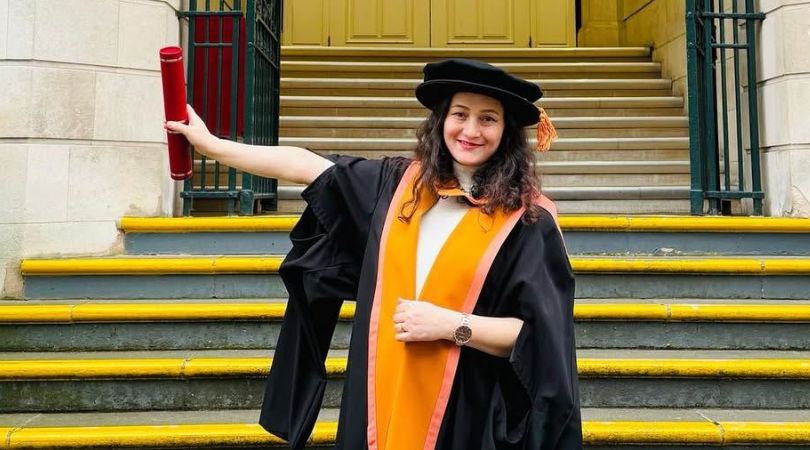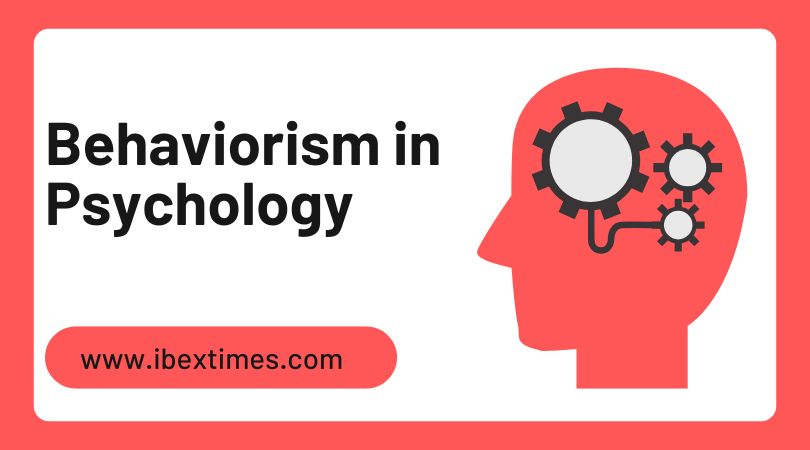By Zakia Zulfiqar
Education plays a pivotal role in an individual’s mental and emotional development, social progress, and the economic advancement of a community or country (Aslaksen & Aslaksen, 2020; Khurana, 2014; Genelza, 2022). However, its impact on citizens’ health and health literacy remains a question. Does quality education, aligned with the 4th Sustainable Development Goal (SDG), significantly contribute to achieving the 3rd SDG of good health and well-being?
This blog will address the above questions by examining the relationship between education and health, particularly focusing on health literacy and its implications for achieving the SDGs.
Quality education is 4th sustainable development goal (SDG), does it help an individual to achieve the 3rd SDG, good health and well-being? This paper will discuss the role and impact of education to improve health and promote health literacy among citizens. Health is not only defined as the absence of disease or infirmity but holistically it is defined as physical, social and mental well-being (Human Rights Commission of Pakistan, 2020).
Despite being a fundamental right and one of the UN SDGs, health remains inaccessible to many people in Pakistan.
Zakia Zulfiqar
Health is not only defined as the absence of disease or infirmity but also holistically as physical, social, and mental well-being (Human Rights Commission of Pakistan, 2020). Health is also considered a fundamental right of every citizen and is one of the Sustainable Development Goals to be achieved by 2030 (SDG-United Nations, 2015). But the question remains, do all citizens of Pakistan have equal rights to a healthy life? If not, who is responsible?
Working on health is a long-term project and without financial support, a country cannot be able to provide health facilities to all citizens. Is there any other platform which can develop awareness about health or engage citizens especially the youth and the younger ones in healthy activities? This can only be happened through education.
SDG 3 (good health and well-being) cannot be achieved without education which is the basic structural improvement of the health system, which will go further than the prevention and treatment of diseases and need the formation and maintenance of timely health and protection services. Water, sanitation, hunger, poverty health and education have a close interrelationship with each other’s. Education plays an essential part in supporting families and communities to break the health-hunger-poverty cycles.
Education effectively informs and empowers individuals about safety, disease prevention, quality of life, communication, and health literacy.
Zakia Zulfiqar
Education can enhance an individual’s way forward to mature their talents and skills, get better job opportunities and produce the earnings needed to fulfil the nutritional necessities of families. Education can also support individuals and communities to secure the knowledge to mitigate the causes of hunger. When maternal education rates increase that will decrease child mortality rates, also more likely to be vaccinated their children, and less likely to be malnourished, and it will also decrease maternal mortality rates. (Mocan & Cannonier, 2012)
School can also play a vital role in enhancing the health of children as well as their families, providing health information which leads to positive behavioral change. Physical Education (PE) is likely to promote an active lifestyle and take initiatives for public health. For instance, celebrating worldwide celebrated days for health including World Cancer Day, World No to Tobacco Day, World Oral Health Day, World Hand Hygiene Day, etc., can promote health literacy. Secondly, engaging the students in physical activities like indoor and outdoor games can enhance students’ mental as well as physical well-being. But again, the question remains unanswered, whether these practices are being practiced religiously? Or just for the sack of formality?
Therefore, Education is the most effective way to spread important messages like how to keep ourselves safe, how to prevent diseases, how to improve quality of life, how to communicate with others and how to spread health literacy among the youth and the young generation. The unanswered questions are still an open forum for the researcher to explore the current practices in the public and private education sectors and also develop policies for educational institutions to promote healthy activities and health literacy.
References
1. Aslaksen, E. W., & Aslaksen, E. W. (2020). The Role of Education. The Stability of Society, 77-97.
2. Genelza, G. G. (2022). The role of education in societal development. Jozac Academic Voice, 22-24.
3. Khurana, N. (2014). Role of education in economic development. Asian Journal of Multidimensional Research (AJMR), 3(12), 70-74.
4. Mocan, N. H., & Cannonier, C. (2012). Empowering women through education: Evidence from Sierra Leone.
5. Patti, A., Giustino, V., Figlioli, F., Miceli, M., Barca, M., Drid, P., … & Bianco, A. (2022). The role of school physical education on adolescents’ fitness levels during the pandemic period from COVID-19: An observational study of the Italian scientific high school—section sport and physical activity. Frontiers in Public Health, 10, 1010236.
The author of this blog is Zakia Zulfiqar, an MSCN scholar at the Aga Khan University, Karachi.














